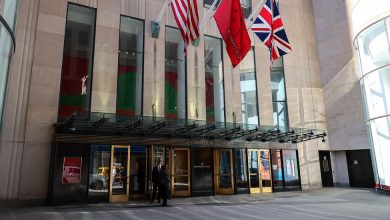How Do You Turn ‘Urban Decay’ Into a Garden?

“Don’t throw it ‘away.’ There is no ‘away.’”
That waste-conscious message was scrawled on the back of a decades-old pickup in the Nebraska town where Martha Keen grew up. The doctor who drove it could have afforded a new one, but no: The truck had plenty of life left in it. Onward.
The phrase “there is no away” has become a tenet guiding Apiary Studio, a Philadelphia landscape firm founded in 2015 by Ms. Keen’s partner, Hans Hesselein, a landscape architect. Ms. Keen joined him soon after, and now the couple design and build outdoor urban spaces, many of them in residential settings, using as light an environmental touch as possible and creatively reusing what each site has to offer.
Yes, even slabs of old concrete, as well as what passes for soil in those urban settings. Really, it’s more like the stuff of a landfill, Mr. Hesselein said, or a postindustrial brownfield.
Standard practice in the trade would be to dig it all up, cart it away and bring in clean soil that would be easier on plants. But contributing to the waste stream doesn’t sit well with the Apiary team. Their design intention is to be regenerative, not to pass along — or compound — the problem.




